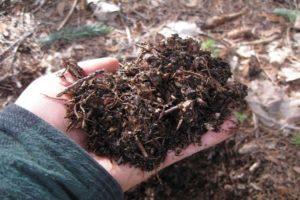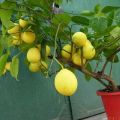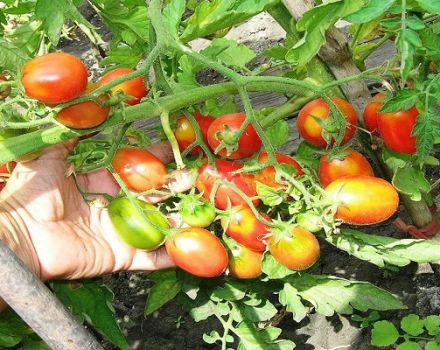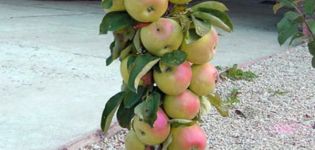Planting and caring for homemade lemons, how often to water and what to feed at room conditions
The lemon tree has been known to mankind since time immemorial. Its fruits have become the property of not only culinary masters, but also doctors. Indonesia is considered the birthplace of this plant. The inhabitants of this particular country first domesticated citrus and began to study its properties. Now home decorative lemons can often be found in city apartments, but not all of their owners know that under certain conditions a beautiful tree can not only please with lush flowering, but also bear fruit.
Varieties suitable for home growing
Lemon is not just a decorative bush in the house. With proper care and compliance with the conditions of agricultural technology, as well as the correct choice of a variety, you can get a harvest of useful fruits from it and provide yourself with a supply of vitamins for the winter. However, not all species are suitable for growing in apartment conditions.
Meyer
The fruits of this variety are small in size, round in shape and rich yellow color, even close to orange. The rind is very thin, no tuberosity. Meyer is an early-ripening lemon that can be harvested 8 months after the buds appear.
According to reviews, its fruits do not tolerate long-distance transportation, and also have high acidity.
Pavlovsky
This variety begins to bear fruit in room conditions 3-4 years after planting. The ripening period for lemons ranges from 9 to 10 months, and if the lighting level is insufficient, the process lasts about 1 year. The fruits are yellow, very juicy, and often have no seeds at all. When overripe, they tend to lose marketability and taste, so experienced florists recommend harvesting lemons in a timely manner.
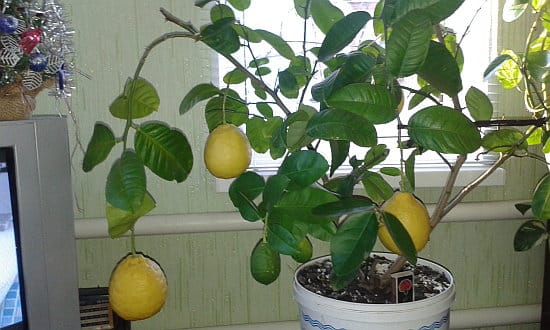
Citrofortunella Volcano
The variety requires an abundance of sunlight and moisture. These conditions must be taken into account, although it has minimal requirements for the soil. In the summer, it is good to take homemade lemon outside. The fruits reach 4 cm in length, which compares favorably with competitors.
Anniversary
This lemon is able to bloom in the first year after planting. Fruiting is abundant, fruits are large, at the stage of technical ripeness they have a yellow color.The variety prefers shade for growing, tolerates dry indoor air well.
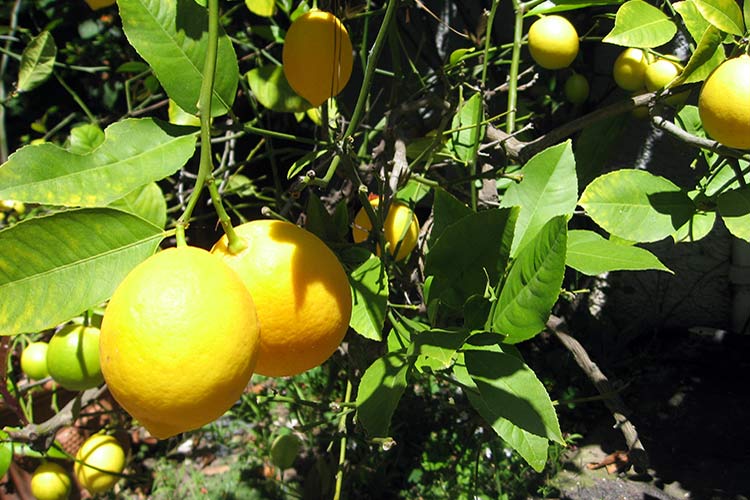
Lunario
With proper care, this lemon can produce two crops in a year. The plant is very unpretentious, has a high yield. Fruits are medium in size and may vary depending on the season. At the stage of technical ripeness, they are yellow in color.
Planting a lemon at home
In order for the lemon to please the owners with its decorative qualities and useful fruits, it is necessary not only to plant it correctly, but also to provide optimal conditions, and also to follow the rules of agricultural technology.
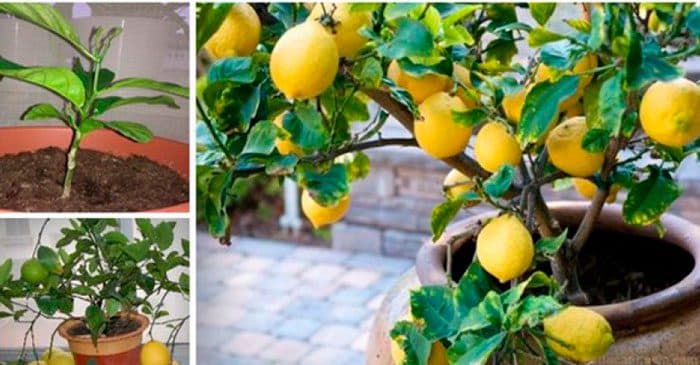
Variety selection and seed preparation
It must be remembered that the lemon does not tolerate acclimatization. If it was decided to buy a ready-made tree at once, then you should immediately make sure that it was not brought from warm countries, but propagated from an indoor plant growing in a similar climate. There are two ways to propagate a culture:
- graft;
- grafting.
It is worth purchasing seedlings only in reputable retail outlets that value their reputation. It is necessary to give preference to those lemons that have been grafted into Trifoliat. They are considered the most suitable for our region.
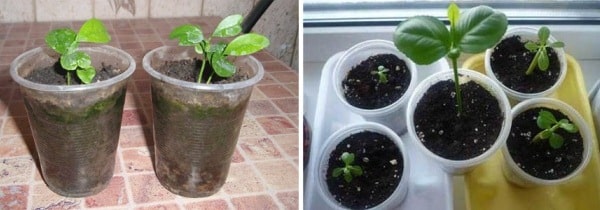
As for the variety, the best choice would be:
- Lisbon;
- Maikop;
- Meyer;
- Genoa;
- Pavlovsky;
- Kursk;
- Lunario.
In indoor conditions, these varieties of lemons show the best results and do not cause much trouble to the owners.
Optimal soil composition
Soil for growing lemons can be used both purchased and prepared with your own hands. At the same time, a drainage layer is laid on the bottom of the pot, consisting of a mixture of ash and sand. Next, a nutritious soil mixture is prepared, consisting of forest land, humus, wood ash and river sand.
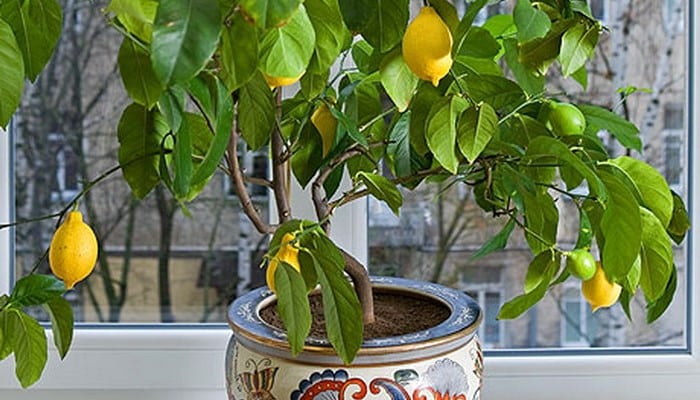
The ratio of the components is observed as follows:
- forest land - 2 glasses;
- sand - 1 glass;
- humus - 3 tablespoons;
- wood ash - 1 tablespoon.
The resulting soil mixture is stirred with water until a thick mass is obtained, similar in consistency to sour cream. It is poured into a pot until the roots of the lemon are completely covered.
Pot size
The material from which the lemon pot is made can be anything. But regarding the size there is an important requirement: the upper diameter of the container should not exceed 15 cm. Its height is selected in the range from 15 to 20 cm. It is impractical to acquire a tall pot, since the root system of the lemon tree is not deep.
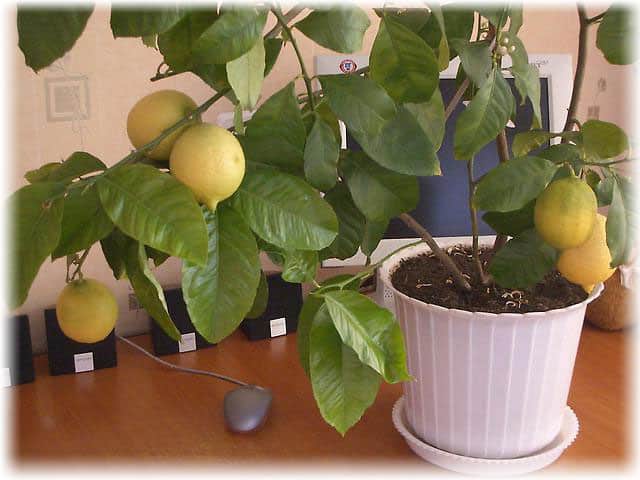
Landing scheme
Planting lemon begins with the fact that the pot is one third filled with the prepared soil mixture. After that, the tree is carefully inserted into the container, the roots are straightened and covered with the same mixture. There should be some space to the edge of the pot to allow further watering. The root collar of the lemon is buried 5 mm into the ground so that with abundant and constant watering it does not rot.
Tree development stages
How much a lemon tree grows before it begins to bloom and bear fruit directly depends on the variety and the chosen method of propagation. The average term is 5 years. Some plants delight with the harvest in a couple of years, but others expect a miracle within a decade.
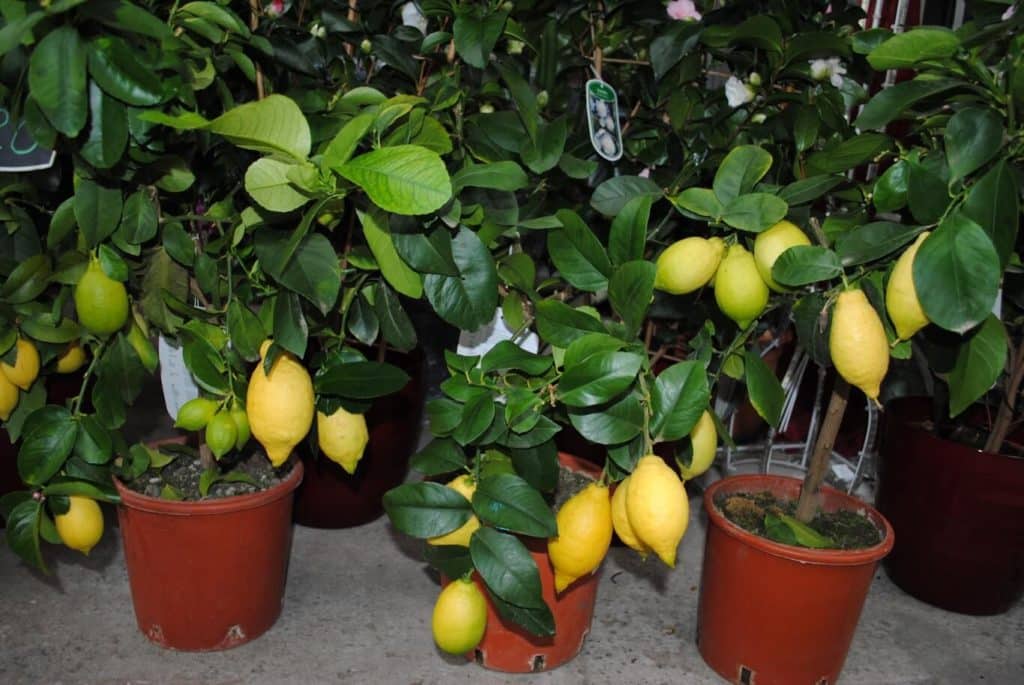
Growth period
Lemon actively grows and builds up green mass for the first 4 years. At this time, it is undesirable for him to bear fruit, so that the sprout does not lose its vitality. In subsequent years, when the tree bears fruit, growth will no longer be so active. Fruits select a lot of nutrients and trace elements, as a result of which the growth processes are suspended.
Flowering
Some varieties of lemons bloom in the first year after planting. Seed-grown sprouts do not bloom for 8 years.
To speed up this procedure, it is recommended to graft the plant. This procedure is carried out at the age of 1-1.5 years.
Fruiting
When does a grafted lemon seedling begin to bear fruit? As a rule, 3 years after the scion. Some varieties delight with the first harvest in the second year. Lemons ripen from 5 to 10 months, and with a lack of light, these periods can be delayed for several months.

Caring for a house tree
You need to know how to properly care for homemade lemon so that it pleases not only with its decorative qualities, but also with useful fruits. The plant must be fertilized on time, properly irrigated and pruned, and transplanted from time to time.
Lighting
Uniform lighting is recommended for growing lemon. It is difficult to provide it in a residential apartment, therefore experienced florists recommend turning the pot with a plant every day. For the normal development of citrus fruits, a 12-hour daylight hours are ideal. In winter, it is better to artificially bring the tree to a dormant state.
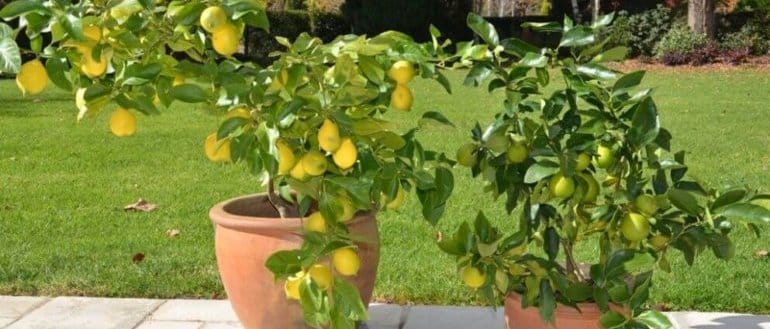
Humidity and temperature
It can be difficult to create ideal conditions for growing lemons in an apartment. A constant air temperature is important for them, since the plant reacts very painfully to changes. During the growing season, this indicator is maintained at a level of 22-24 ° С, and during the ripening of fruits - about 18 ° С. Lemons hibernate at + 10 ° C. As for humidity, in the warm season its level should not fall below 60%, and in the cold - below 40%.
Watering
How often are citrus fruits watered in summer? Lemons need regular watering. The formation of a dry earthen coma in the upper part of the pot is unacceptable. In hot weather, daily irrigation may be required... Do not use tap water that contains a lot of chlorine to irrigate citrus plants. This can lead to a variety of diseases, including leaf chlorosis. Better to use well or rainwater with a temperature of 30 - 35 ° C.
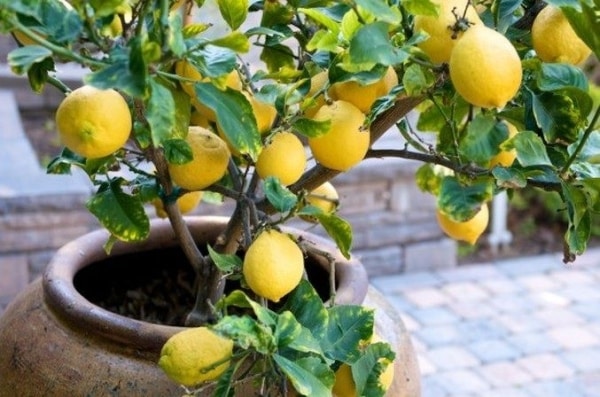
Sprinkle the lemon until water flows from the bottom holes of the pot. The excess liquid is simply drained from the pallet. A couple of times a day, the foliage is sprayed with a spray bottle.
Crown formation
Pruning lemon tree produced mainly in spring, although it is allowed to carry out these works in autumn and winter. Forming the crown is a necessary event, since a thickened tree needs more daylight, and also bears fruit poorly. The first time the seedling is cut when it reaches a height of 20 cm.Initially, the main tree trunk is cut at a height of 30 cm.
Over time, lateral shoots grow in this place, from which skeletal branches are formed. Lemon fruits will form and ripen on them.
The branches of the 1st and 2nd order are pruned at a height of 25 cm, the 3rd - 15 cm, the 4th - 10 cm. The subsequent orders are not pruned at all. Those shoots that interfere with the growth of young twigs must be completely removed.
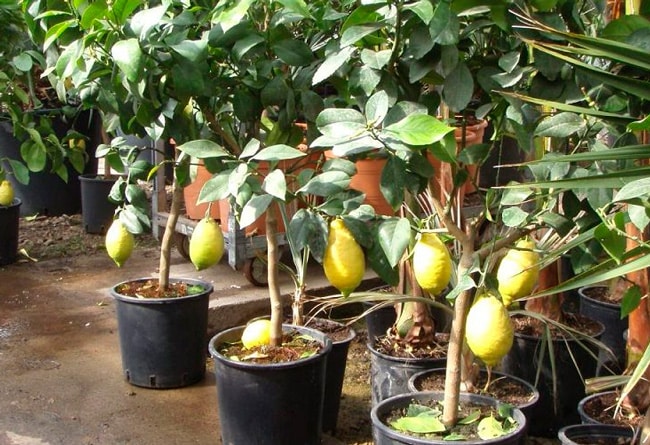
Transfer
Lemon must be transplanted in the following cases:
- the plant grew and it became cramped in the old container;
- signs of root rot are found;
- the pot has accidentally broken;
- the tree has ceased to actively grow and bear fruit abundantly.
The transplant procedure itself is similar to landing. The transshipment is carried out together with a lump of earth, while carefully examining the condition of the root system of the lemon tree. If an unpleasant putrid smell emanates from it, or other signs of root rot are noticed, then all damaged roots are immediately removed.
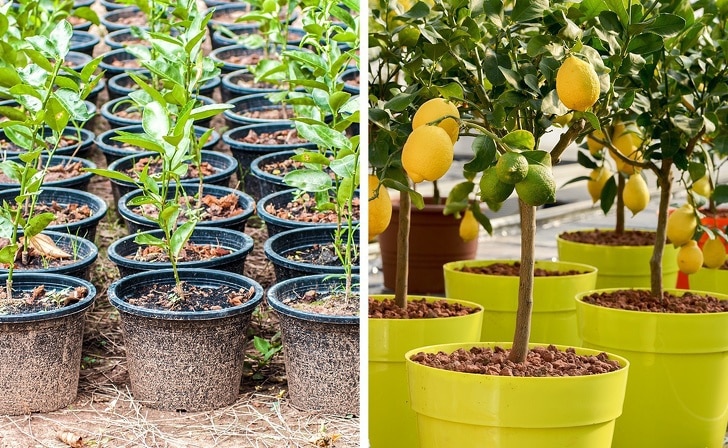
Fertilizers
How to feed lemon to activate growth processes and accelerate fruiting? Complex fertilizer would be a suitable option, however, it must be used as carefully as possible, strictly follow the instructions and recommendations. Otherwise, an overdose will occur, and instead of the desired healing result, the plant will begin to wither, hurt, or even disappear altogether.
Mineral
Of the mineral fertilizers for lemons, saltpeter is most often used. It helps to eliminate nitrogen starvation, activates growth processes. It is advisable to add potassium salts there. Superphosphate will relieve phosphorus deficiency. It can be placed in the soil where the lemon grows, in the form of granules, or dissolved in water and watering the plant. However, this fertilizer dissolves for a long time.
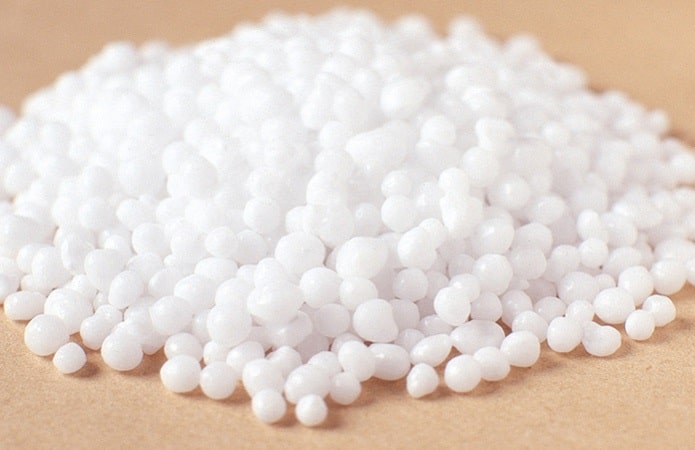
Organic
From organic matter, only 2 types are suitable for growing lemons: diluted mullein and chicken droppings. Due to its rich composition, mullein provides a supply of all the necessary vitamins and minerals, as a result of which the lemon tree grows and develops fully. Urea is rarely used for plant nutrition. To prevent the development of diseases and neutralize the acidity of the soil, it is sprinkled with wood ash. It is not only a natural antiseptic, but also a wonderful top dressing.
You can not combine mineral and organic fertilizers, because this is fraught with burns to the root system of the lemon.
Signs of micronutrient deficiency
The lack of various trace elements in lemons manifests itself in different ways. With a nitrogen deficiency, the tree stops growing, changes the color of the leaves. Due to the lack of phosphorus, the plant cannot bear fruit abundantly. After the abundant flowering of the lemon tree, ovaries do not form, blackening and leaf fall are observed in an acute form.
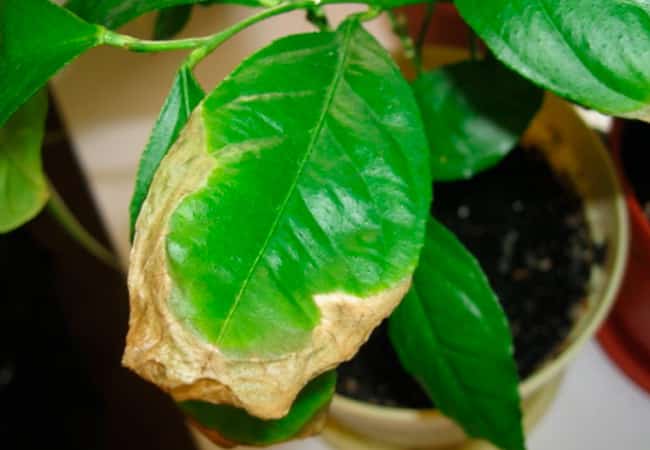
The lack of potassium is reflected in the lack of elasticity of the fruits, their prolonged ripening, discoloration of the leaves. Potassium deficiency affects the development of the root system of the lemon, resulting in malnutrition. As a result, the upper shoots begin to die off.
With a lack of trace elements in the soil, light specks appear on the lemon leaves, and over time they fall off.
In order for the plant to be healthy and delight the owner, it is necessary to closely monitor these signs and take preventive measures in a timely manner.
Fruit ripening period and harvest
How long does a lemon ripen on a tree? On average, harvesting begins 3-4 months after flowering ends. As a rule, this time falls on the beginning - middle of winter. Fruit ripeness is determined by color and taste. If the bush bore fruit abundantly, then you can pick one fruit, cut it and taste it. If there is too much acid, you will have to wait a couple more weeks.
It is not recommended to leave a ripe harvest of lemons on the tree for longer than January, otherwise fruiting may be delayed next year. In addition, the fruits wrinkle by this time, which indicates that they are overripe.
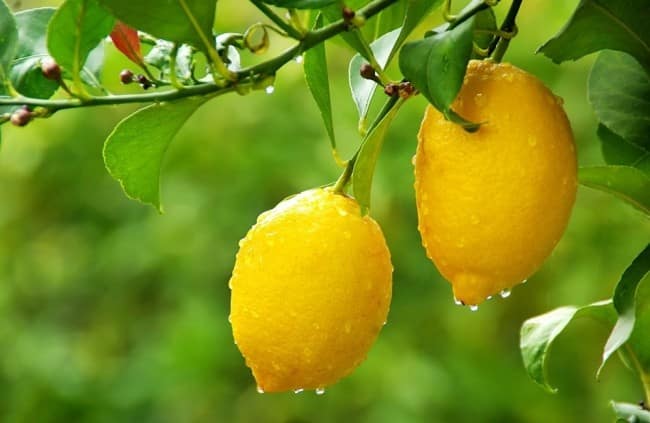
What problems do they face when growing
Like any plant, the lemon tree is susceptible to a number of diseases and pests. Florists have invented ways to prevent and control them.
Pests
The main pests that cause problems for gardeners growing lemons at home are:
- spider mite;
- aphid;
- shield;
- whitefly;
- mealybugs.
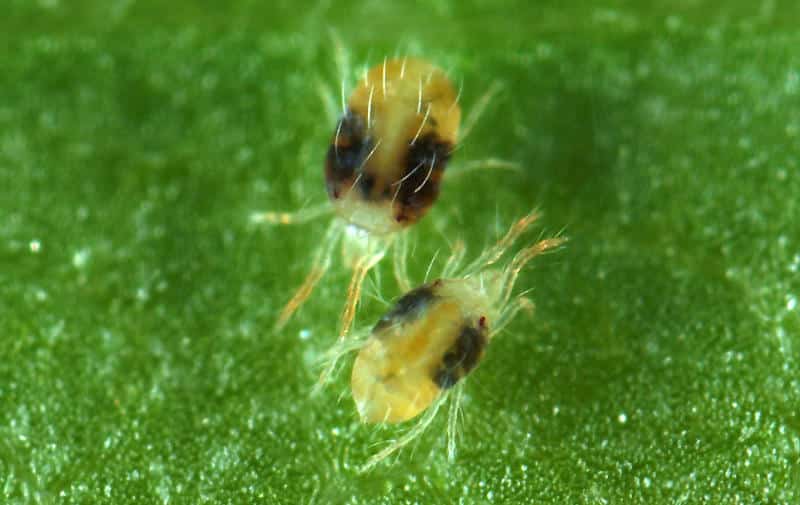
You can save yourself from them if you prepare a tincture of garlic and periodically process a lemon tree with it. In case of mass destruction, they resort to the use of chemical insecticidal preparations.
Diseases
What does a diseased lemon tree look like? As a rule, he has yellowed leaves, drooping twigs. Such symptoms can be caused not only by the negative effects of pests, but also by improper care or non-observance of elementary conditions of agricultural technology. Lack of lighting, violations of temperature or temperature and humidity should be eliminated immediately. Otherwise, the lemon may completely wither away.
Lemon dries and does not grow
With a young lemon tree, sometimes troubles happen in the form of growth arrest and drying of shoots. They are caused by both a lack of nutrients and a banal lack of space in the pot.If the lemon roots are not constrained in their capacity, there are no signs of root rot on them, then care should be taken to ensure that the plant receives the entire complex of necessary trace elements and minerals.
